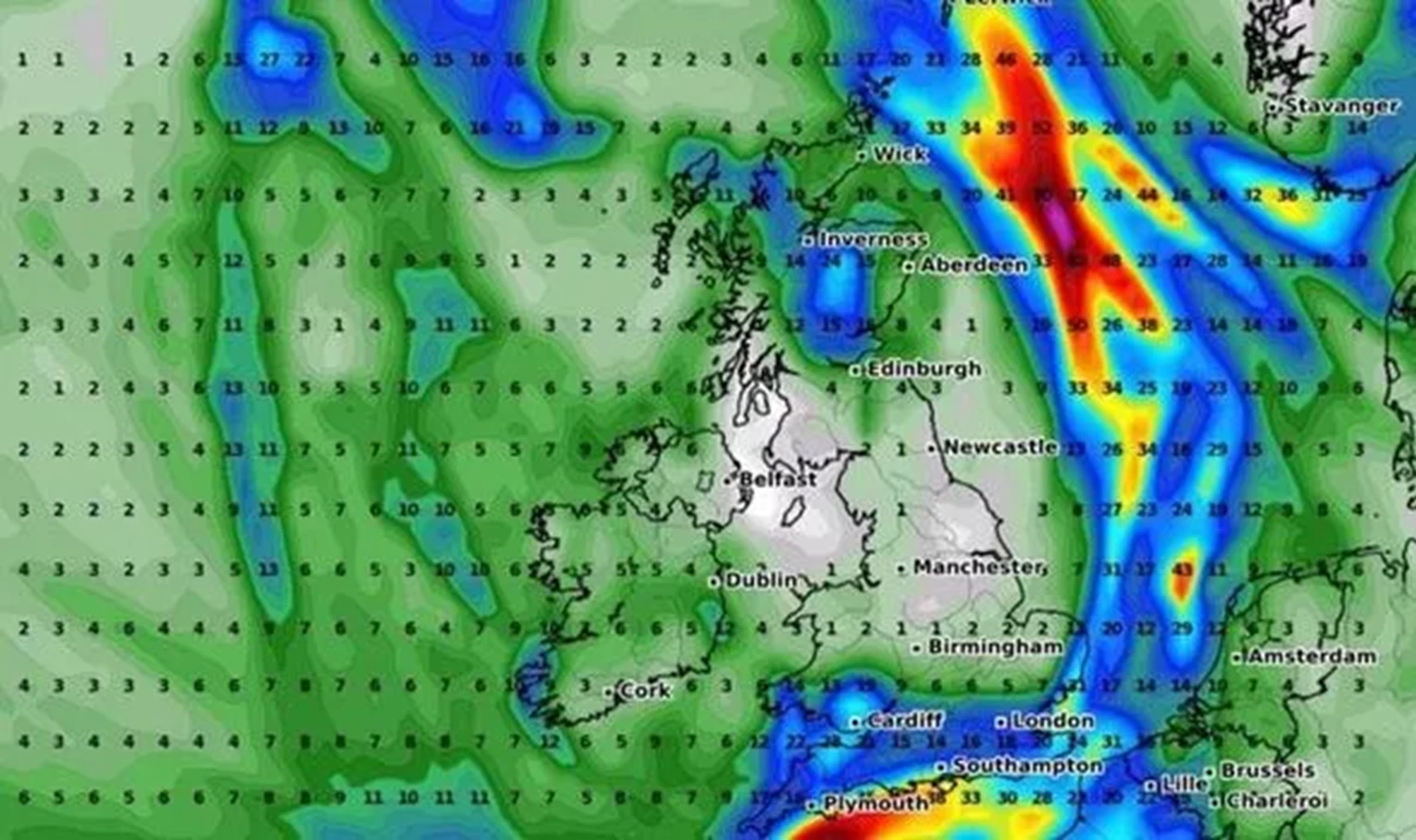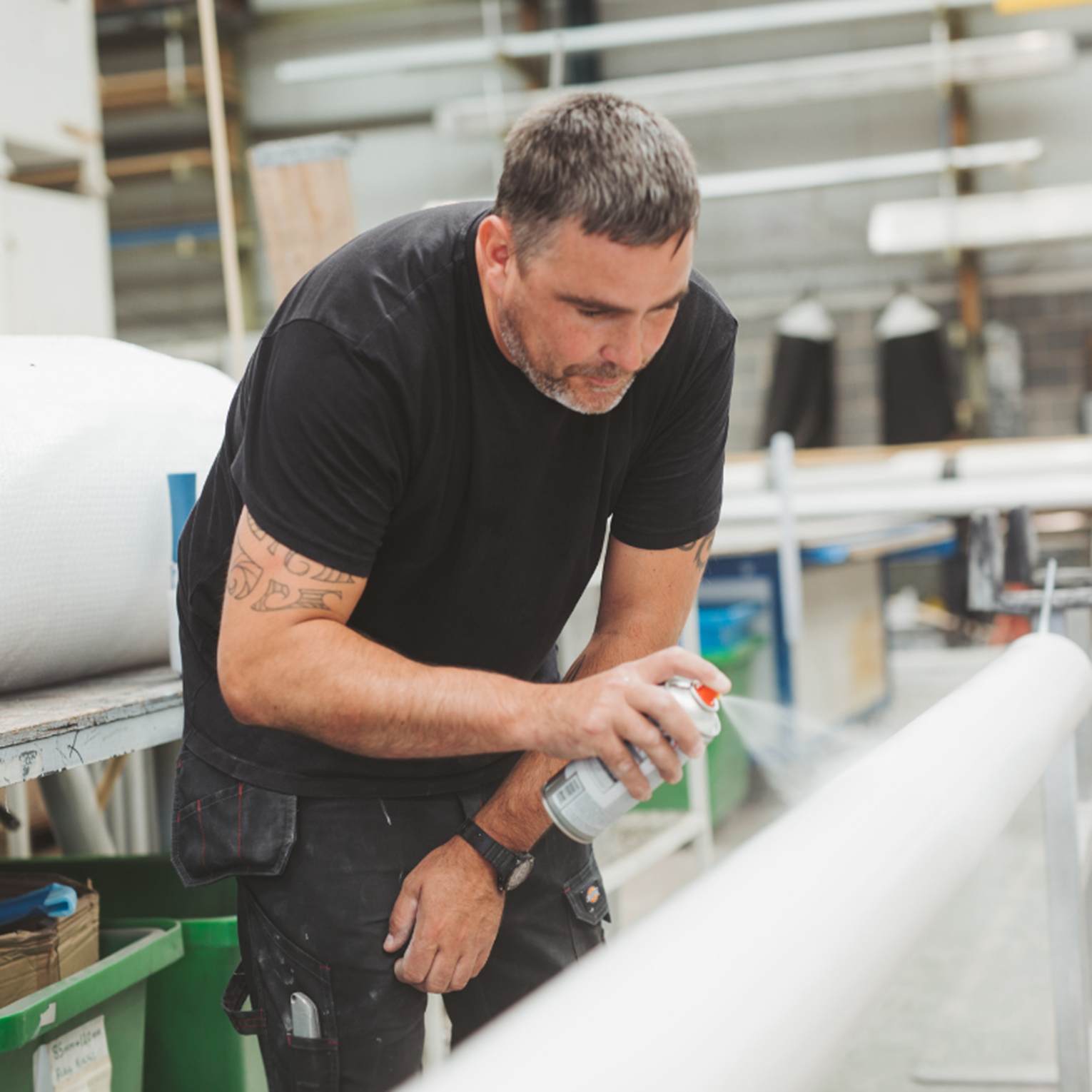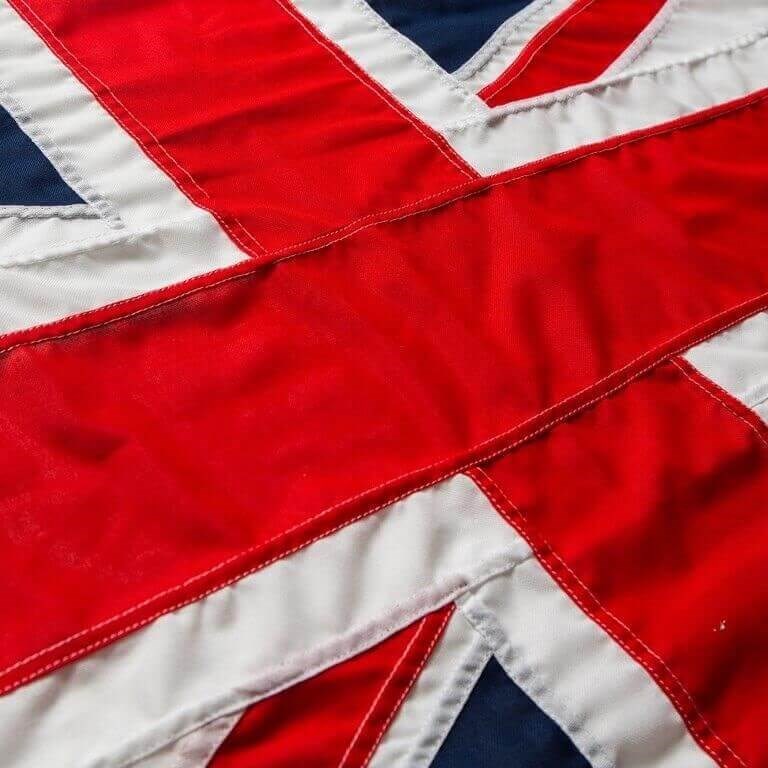Flags and flagpoles have been used for thousands of years. From the earliest renditions made of wood to the surge in metal flagpoles from the early 1900s, flying a flag from a flagpole has been a long-held tradition for showing affiliation with a nation or organisation. But no flag can fly without a flag pole, and we’re about to explain the most effective way to keep your flag pole secure, and common mistakes to avoid.
First things first, how do you make a flag pole sturdy? The best way to make a flag pole more sturdy is to ensure that your flag pole is high quality and fit it in a location where you are able to dig deep enough to plant your pole safely and securely.
Read on to find out the key principles for keeping your flag pole secure throughout the year.
How Do I Keep My Flag Pole Sturdy and Secure?
To display your flag with pride, a sturdy flag pole is of paramount importance. The most reliable way to ensure that your pole is secure is through proper planning in the installation phase. By taking action and accurate measurements from the outset, you can avoid many problems down the road. Here are a few tips for your installation:
1. Invest in the Right Flagpole
It is essential to invest in the right type of flagpole, to begin with, if you want your flagpole to be secure. Before you install your flagpole, before you fly your flag, before anything else, you must buy a strong flagpole from a flagpole company that uses high-quality materials.
In the event of a severe storm, a cheaper flagpole made from weaker materials and of lower quality is more susceptible to snapping in half during storms, or in some cases, a light breeze.
2. Find the Right Location
Location is of critical importance when choosing where to put your flagpole. It's imperative to find a spot where you can proudly display the flag for your neighbours and passers-by. Aside from aesthetics, the location will also have an impact on the security and structural integrity of the flagpole.
Prior to digging, you should ensure that there are no utilities or powerlines below the area you intend to dig. There are often free services that will let you know if there are utility lines under the spot where you want to place your flagpole. If you want to ensure you aren't missing anything you can conduct a landscaping analysis.
Having found the ideal spot for your flagpole, make sure that you dig a deep enough hole to safely install it.
As a rule of thumb, you should dig a hole about 28 inches deep and 14 inches wide. With this method, you will have a hole wide enough and deep enough so that you can pour 180kgs of concrete into it, which is the recommended minimum amount to avoid a wobbly base.
Consider several different places where the flagpole might be installed before you pick one. Aside from distance from your house, you'll also want to think about wind circulation, tree cover, and water lines.
Oh, and make sure that you have permission - we wrote all about permission to fly your flags here.
3. Security Tools
So you have your flagpole in place, but did you know that flagpoles are at risk of theft? After all your hard work installing your flag, the last thing you want is for your flag pole to be stolen.
One way to protect against theft is to add a sleeve clamp. These devices help deter theft by securing the pole to the ground sleeve. A sleeve clamp isn’t by any means costly but it could end up saving you a lot of money had someone decided to steal your flagpole.

Preparing Your Flagpole For Strong Wind Conditions
The UK is a country that expects more rain, snow, storms, and strong wind conditions than most, so we thought that we'd cover some of the basics to help prepare your flagpole for strong weather conditions. We previously covered this topic in a blog post here, but if a storm is coming here is what to do to keep your flag sturdy:
1. Take Down your Flags
If you are aware of a strong weather front heading your way, it is always best practice to take down your flags to stop any unnecessary strain from being applied to your flagpole. By continuing to fly your flag in strong winds, you are causing undue stress on your flagpole, which could result in damage ranging from minor cosmetic concerns to long term structural issues.
2. Secure other external features
Besides removing the flag from the flagpole, we recommend you ensure all external elements of the flagpole are secured. For example, a flagpole's external halyard is essential, but it can easily be damaged or disrupted by high winds and as such should also be removed or secured.

Common Mistakes When Installing A Flagpole
In reality, installation is not always as straightforward as it seems, and fixing it afterwards is much harder than doing it correctly the first time. To make sure the job is done right the first time, here are some common mistakes you should avoid:
1. Poor Location
When flagpoles are placed too close to trees, structures, and power lines, these items can be damaged, especially if conditions are windy. In addition, the homeowner should think about what is around the pole's base as it is possible for a shifting pole to uproot plants and damage landscapes around its base.
2. Wrong Pole
Strength is probably the biggest factor to consider when choosing the right flagpole. A wide-open space will experience strong winds if it is placed there. As such, the homeowner will need a sturdy one-piece design. However, if there are trees or structures nearby, part of the wind may be blocked, allowing a telescoping flagpole or two-piece flagpole more room to move.
3. Wobbly Base
Drilling a hole in the ground and setting the pole in it is not enough to keep a flagpole upright. The cement must be poured into the hold deep and wide enough to form a large block of cement when it dries to prevent the pole from toppling over. It's a good rule of thumb to dig a hole whose diameter is four times the diameter of the pole to ensure a sturdy base.
4. Pole Damage
It is easy to scratch or dent the pole before it has been raised or to crush or bend the rings and fastenings and as such the flagpole should remain wrapped in its package until it is ready to be erected. To avoid any dents or scratches before your flag has even gotten off the ground, it is a good idea to plan your installation as soon as you can in order to minimise pole damage.
5. Forgotten Parts
Flagpoles usually don't consist of just one piece. Different models may use a collar and a variety of fastenings and extension pieces. Before the flagpole can be set in the hole, these pieces need to be assembled, so it is imperative that these steps are followed in the correct order. Failure to do so can lead to the pole's structural integrity being compromised and put it at risk of toppling.

Flagmakers Flagpole Installation and Maintenance Services
Are you reading this blog and thinking that maybe you might want to consider outsourcing your flagpole installation needs? Flagmakers is a leading UK specialist in the production and installation of flagpoles. Whether you’re looking for one or a number of flagpoles, we can manufacture and install them at your location, and provide ongoing maintenance for years of trouble-free usage.
Our fully trained team (IOSH, CSCS & IPAF qualified) have decades of experience and are on hand to supply painless solutions to your flag and flagpole needs. As each location has its own requirements, our extensive site survey ensures there are no unforeseen problems or expenses when we begin the flagpole installation.
Every one of our site surveys includes:
- Site access checks
- CAT scanning for buried utilities
- Overhead obstruction checks
- Foundation type assessment
- Bracket position and wall suitability check for wall mounted poles
We provide an easy to read report including:
- Risk assessment
- Method statement
- Requirements for earthmoving equipment
- Volumes for concrete foundations

Flagpoles can be installed on the ground, on the side, or on the top of a building. You can count on us to advise you on what system will work best for your needs. As well as the brackets and fixings necessary for the safe, secure installation of your flagpole, we can also work at all the common angles you're considering.
At Flagmakers, not only do we offer installation services but we also offer a flagpole maintenance service to keep your flagpole sturdy all year round. Choose from intervals of 6 or 12 months where our dedicated team will visit your site, clean the flagpole, examine all fixtures and fittings, and swap out weathered elements for new ones. Leaving a flagpole with fatigued or damaged parts is never an option. Each service looks at every detail of your flagpole and ensures they meet our high standards, so you no longer have to worry about whether you will be able to fly your flag or not.





